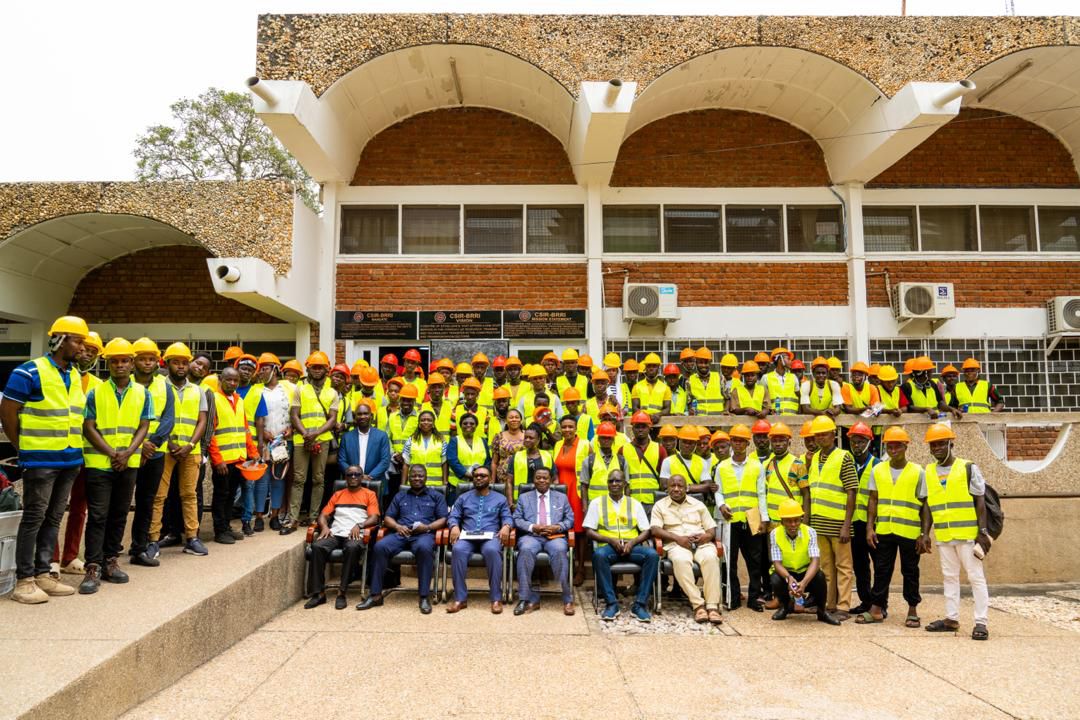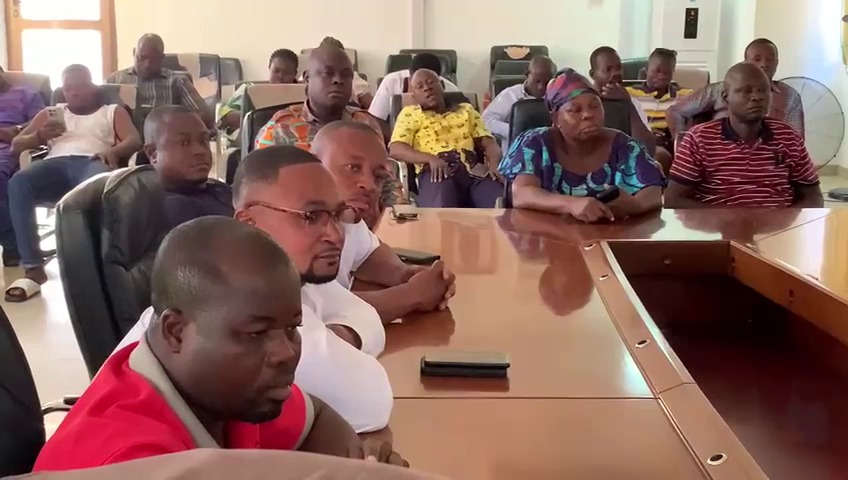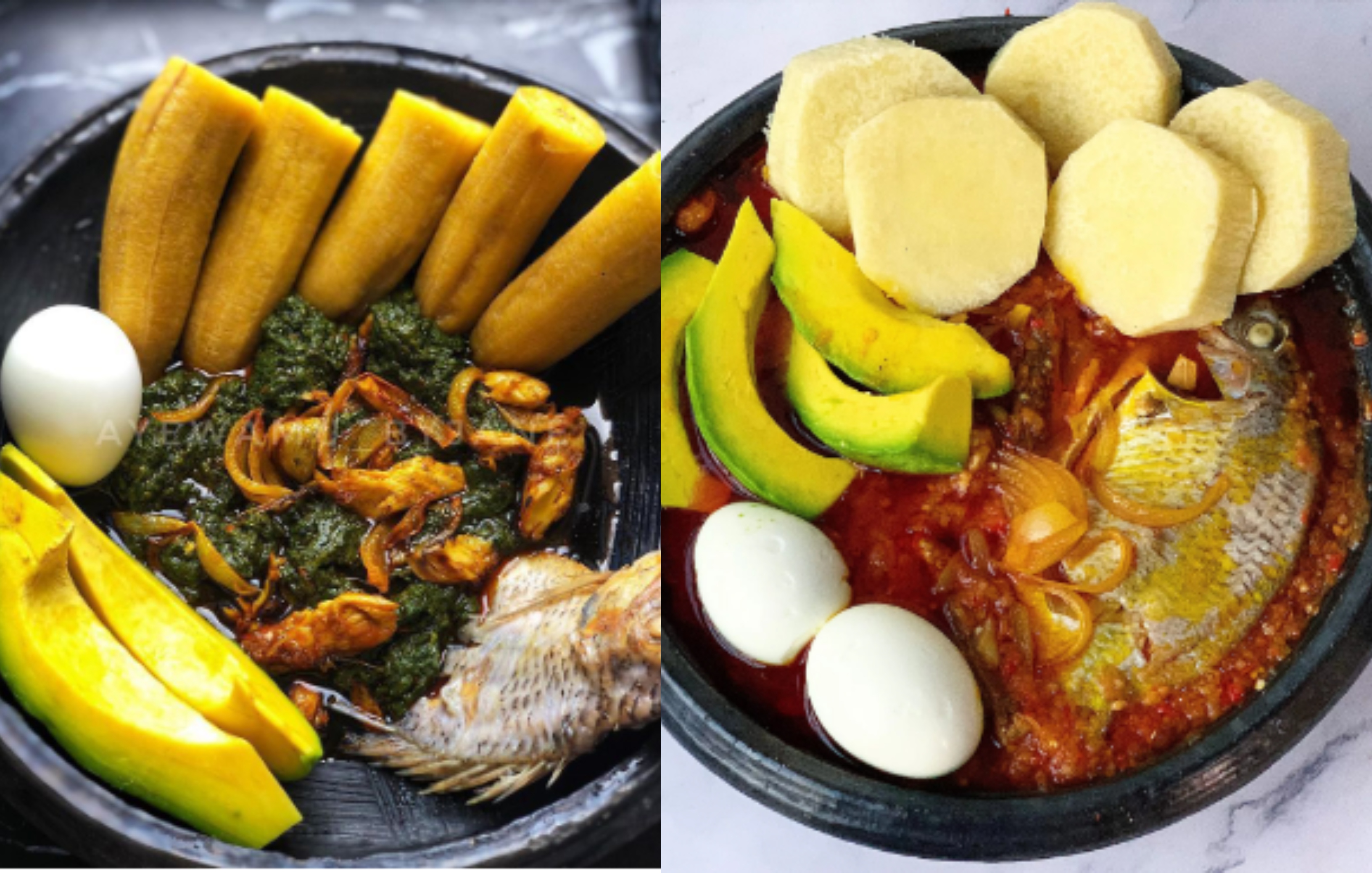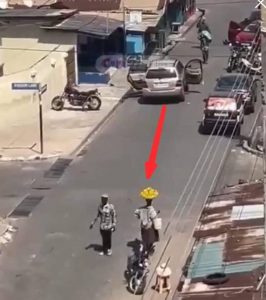
Friend of mine from Asiakwa who got to know that when I went missing on Saturday mornings, I had gone horse-riding, thought I had lost my mind?
“You’re not afraid of horses?” one asked.
Another put in this eye-opener: “I have heard that they can KICK! – So hard that they can break your bones!”
I would smirk when things like these were said to me. How could I convey to these friends, the immeasurable thrill involved in moving in unison with a dumb animal, with whom one could only communicate by subtle movements of one’s own body? One wants to tell them that the uncertainty they dread is the greatest element in the thrill a ride provides. But one holds one’s breath. Out of modesty? Maybe.
You see, when I was growing up with them, I, a mere little lad, was not supposed to leave my home-town on my own, and travel elsewhere, unsupervised by an adult relative or friend of the family.
Nevertheless, I once collected enough pocket money together to steal away with a group of fanatical football enthusiasts, who would not have been approved of by my parents, and travelled out of town to watch a football match. The group hired a truck and went to Old Tafo, in Akyem Abuakwa — about 10 miles away — to watch a football match.
The venue was called “Rover’s Park” and it could contain quite a few thousand people. Can you imagine a football match taking place today between super-first-class clubs in a small town like that? If you don’t travel to a big town, forget it. In my day, football sometimes came to us!
In the meantime, consider this: one of the virtues we’ve lost as a people, is our inability, nowadays, to leave unmistakable signs of initiative in the most unexpected of places. We scattered unusual sights and objects all over the countryside, in the years gone by.
In all probability, the most talked-about children’s school in those days was not in Accra at all, but Kumase. It was named — with imagination — Mmofraturom (The Children’s Garden).
The most attractive venue for school ‘excursions’ was also not Accra, but Senchi, where there was a “launch” (ferry).
I never went to Senchi myself, but those lucky enough to have gone there came back to boast that crossing the huge expanse of water called River Volta with this very slow ferry — which looked as if it could overturn at any minute and deposit its passengers into the depths of the incredibly large river and present all of them as a meal to the crocodiles that were believed to thrive in the water– was the most ‘frightening adventure’ school children, with their lively imaginations, could be exposed to. But we lived in the hope of being subjected to such hazardous experiences, and created many in our minds all the time.
We were told that on the way to Senchi, the lorry carrying the school children would have to “climb” the steep “Akwapim Mountains.” The roads there were so full of curves that there was a sign at both ends of one of them saying “DANGEROUS HILL! CHANGE TO BOTTOM GEAR”.
What was ‘bottom gear’? We didn’t know! In those days when vehicles did not have synchromesh gearboxes, some drivers used to actually stop their vehicles at the ‘bottom’ of the hills and change into second gear, before starting off again. First gear was hardly ever used! ow, changing from third to second gear on the move usually resulted in the driver grinding the gears noisily: GWWWWWWWRRRRRRRRRRR! — even if he did “vroom–vrooom-vroom” before changing down.
Sometimes, the gear change would not be successful and the engine would stall. So, whatt did they think first gear was there for? Because first was hardly ever used, I assumed that “bottom gear” was actually the second gear! Some drivers, especially those with heavy loads, did change into first gear on those hills, but usually, the driver’s mate would have to descend from the moving truck and follow the vehicle on foot. He would have in his hands, a carved thick piece of wood with a handle, that was called a “chock”. He would place it under the rear wheels, whenever the vehicle refused to go forward any longer and threatened to roll backwards. This was dangerous work! But if the truck was allowed to roll backwards into one of the deep valleys on either side of the road and overturn, many of its passengers could be killed.
Give school children such a horrible death to feed their imaginations upon and if they “survived” the experience, they’d never stop talking about it!
Are modern children given the opportunity, though, to experience such thrills that enable them to use their imagination to the full? I worry about that For we mostly live in an age where a global, over-centralised ‘jungle market supplies all our cultural needs. We all watch the same television programmes, which are available on mobile phones. As to our daily lives, the small enterprises built out of the love individals expended to dispense not-costly pleasure to us, are all mostly gone.
Where is the Zabrama man carrying his “pampam store” on his head down the street, who would laboriously but expertly bring his huge tray of wares down and find a jar of mentholatum, or a wapi toffee or Wrigley’s “choosing gum” for you, on your proffering a mere penny or two?
Small enterprises are largely strangled at birth these days — except the nuisance ones, such as the sale of ‘dog chains’!
Now who was it at Old Tafo in the year 1954, who imagined that he could promote such a match as the “outdooring” contest between two famous national teams of the size of Great Ashantis and Great Olympics? And how did he actually pull it off? I don’t know, but I bless his soul, wherever it is.
The match I went to see was one of those that stick in the mind like super-glue. The two teams were exceptionally attractive to football fans because both had splintered from two of the most famous clubs in Ghana at the time — KumaseAsante Kotoko and Accra Standfast. Great Ashantis were the Kotoko splinter-group, while the ex-Standfast fellows called themselves “Great Olympics”. Of course, everyone was agog with expectation, curious in the extreme, waiting to see which team would emerge as the “Greater” of the two “Greats”.
Now, there were some excellent football reporters in those days, the chief of whom was Kofi Badu, sports editor of the Daily Graphic. These guys could build up a match before it happened, and they naturally hyped and hyped and hyped the “Battle of the ‘Two Greats’” to the high heavens. That the début match of the two clubs was to take place a mere stone’s throw away from my home-town made it irresistible to me, and I would have taken any risk imaginable to go and see it even if the newspapers’ hype had not got to me.
I stole off without y arets’ knowledge, to watch the match, and I was not disappointed. I saw with my own eyes, Charles Gyamfi, who, with Kwaku Dua and James Agyei, had been the talk of my elders during their “Monday morning quarterback sessions”, when they read the Daily Graphic reports on matches that had taken place on the Sunday before, and commented on them, while we kids stared open-mouthed at them. Kwaku Dua could play round three defenders, right? (Sadly, I never saw Kwaku Dua play, as he was past it by the time I got really interested in football. But his name is etched in my mind — from hearsay, haha — as one of the greatest players ever to kick a ball in Ghana.)
In the Olympics side too there were famous stars, for Accra Standfast was a great team whose roots went deep into history. Some of its players were among the stars who played for the “Gold Coast” national team that once thrashed Nigeria by 7 goals to nil, and to see them a few feet away from me, and to hear them shouting for the ball, was an experience I relished.
C. K. Gyamfi had been a hero of mine from the days when I sat listening to football talk from my elders. I saw him play for the first time at the match at Old Tafo, and topped that by watching James Agyei play at Kpando, which was then a fairly small town. Kotoko went there to play against Kpando Mulpos. I happened to be at Kpando, where I had been sent with spare parts for the pick-up truck that delivered the first paper I ever worked on, New Nation magazine, to shops all over the country. Its driver was a very friendly chap called Ebenezer. After delivering the spare parts, my job was done, and while waiting to get back to Accra, I heard that Kotoko was to play Mulpos on the coming Sunday, and I went to watch it. It was such a thrilling match – Mulpos gave a very good account of themselves, thus strengthening my theory that great initiatives were born and maintained in relatively “remote” places in those days.
So good was the match that I was inspired to phone the Daily Graphic in Accra, out of the blue and at my own expense, to ask them whether they would like a report on it. Yes, you could get through to Kpando by landline telephone in those days!
Fortunately, the Graphic had not sent any reporter to Kpando, and I sent them the first sports report I ever wrote. When I bought the Graphic the day after I’d called them, they’d used my story! They didn’t give me a by-line, of course, but it was the first time I’d seen my words printed in a daily newspaper, and the feeling it gave me was sweeter than honey. I was particularly pleased that they’d kept in the story, my description of James Agyei, who, I said, had “darted about like a wild cat, his eyes flashing left and right, looking for the ball, and his feel directing passes to his team-mates as if they were guided by wireless signals.”
I read it over and over again! That was probably the first time I got bitten by the bug that impels one to share one’s thoughts with other people through print. The bonus was that when I got back to Accra and went to see Kofi Badu, he made the paper pay me a small fee! Heaven, where are you? I’d enjoyed the match, read in print, what I’d dictated over the phone; and enjoyed that. And I’d then, also been paid on top of all that. Boy oh boy….!
As I said earlier, in those days great initiatives were often taken by all sorts of obscure people in the most unlikely places. Look at what I can next remember — a super-match was staged in my own town, Asiakwa, itself! What? Yes!
The postal agent of the town just got up one day and decided that that he would create a full-sized football park out of ‘wasteland’ lying opposite the cemetery of the Presbyterian Church. (We only had two school football parks at the time, which were both rough and full of bumps and sandy patches. One was on a hill, which meant that if you played downhill, half your job was done for you!) The postal agent managed to have his park properly levelled and grassed, and then fenced it with palm branches stitched together with bamboo and rope.
It became an attractive enough park to enable him to convince Asante Kotoko to come and play on it against its splinter-group, Great Ashantis, in their first-ever encounter since they had split apart. How the postal agent managed to bring off this feat remains a mystery: it was bruited about in hush-hush tones in our street talk that he had got all the cocoa farms of his aunt, our Queen Mother, to be “cut down” (in an operation known as ‘all-die’) by the Cocoa Rehabilitation Department (CR) and had then used the compensation money to organise the football match.
We football lovers didn’t care much, though, about how he got the money: the fact that he was bringing Kotoko and Great Ashantis to pit their skills against each other was massive. Period. That it was to be done at “a small town” like Asiakwa was mind-boggling.
And that was enough for us. We knew that every football lover in the country wanted to know which team was superior to the other, with bets being placed on the match all over the country. Asiakwa would be on the map, and that was what mattered most.
I was able to see the nimble Gyamfi, playing against his old pal, Agyei. It was a most thrilling match because, of course, there was bad blood between the two teams – very bad blood. There were no fisticuffs, however, as we’d feared, and it was Great Ashantis, fielding a then-unknown but devastating outside- left called Mohammed Salisu, who won the match.
We heard rumours that the Kotoko management of the time was nearly lynched when Kotoko returned to Kumase after the match. Kotoko’s loyal supporters had been thumping their chests, boasting, “Let the recalcitrant players who want to go, go! We are Kotoko and we can get better players to replace them!” Well, their bluff had been called and they’d been found wanting. How could great Kotoko be beaten by rebels? The defeat was calamitous.
A rather odd thing happened after the match: we could not bring ourselves to discuss it, as we usually did after a great match! It had been such a perfect occasion — and so emotionally draining as a result – that all the football lovers at Asiakwa were overwhelmed by the miracle of it and therefore became tongue-tied. We’d seen soccer artistry at its best — filifili — and we could not find the words of dispute with which to argue against each other on it.
I mean, what was there left to talk about? Gyamfi and Agyei had both excelled in dribbling; Salisu had been magical with that powerful left foot of his that sent bullets into the goal. No — the match only crept into our football talk sporadically; it was never fully dissected like we usually did with the matches that we did not actually see but over which we nearly came to blows, after reading reports about them in the newspapers. Was Baba Yara better than Ofei Dodoo? Was Kwao Baffoe a better goal-keeper than Dodoo Ankrah? We had never seen any of them, so what? Truly, mankind, as the poet, TS Eliot, once observed, “cannot bear much reality”!
BY CAMERON DUODU
The post And yet more about sport! appeared first on Ghanaian Times.
Read Full Story














Facebook
Twitter
Pinterest
Instagram
Google+
YouTube
LinkedIn
RSS